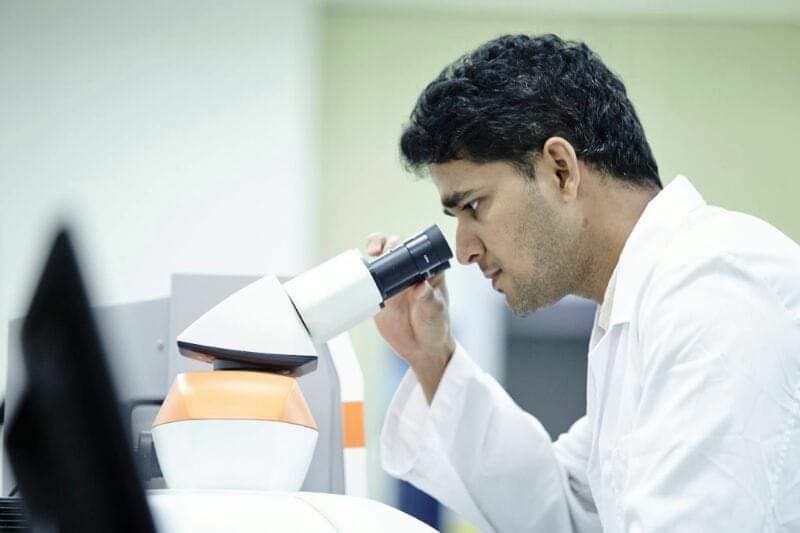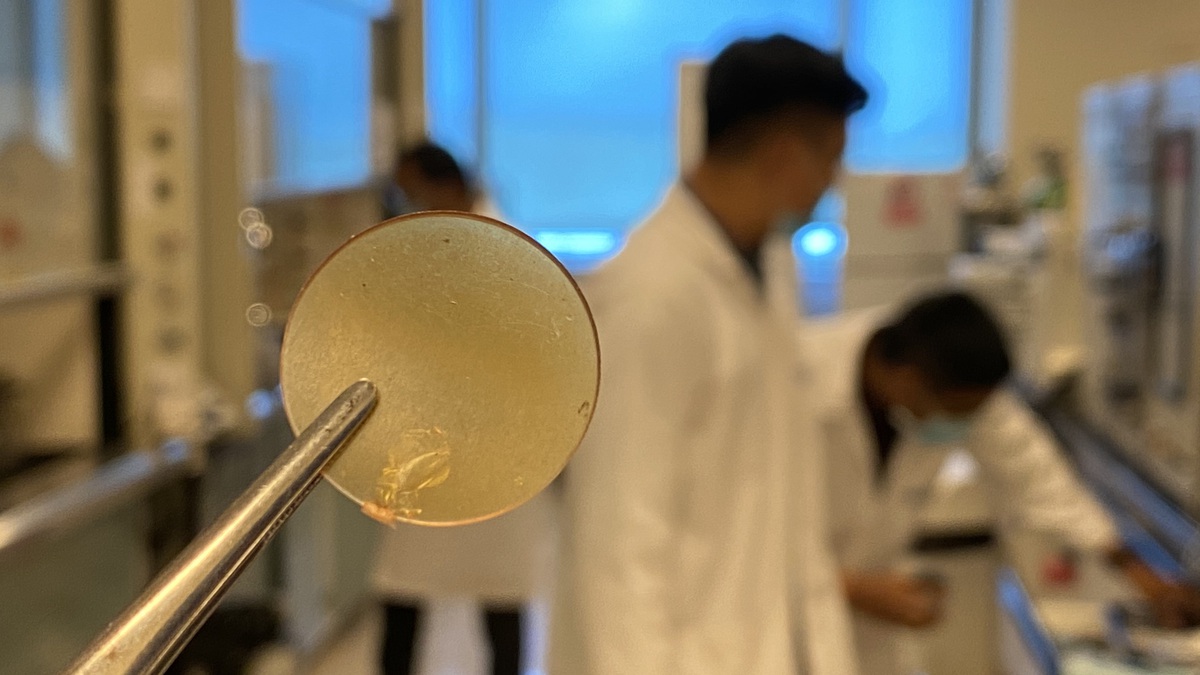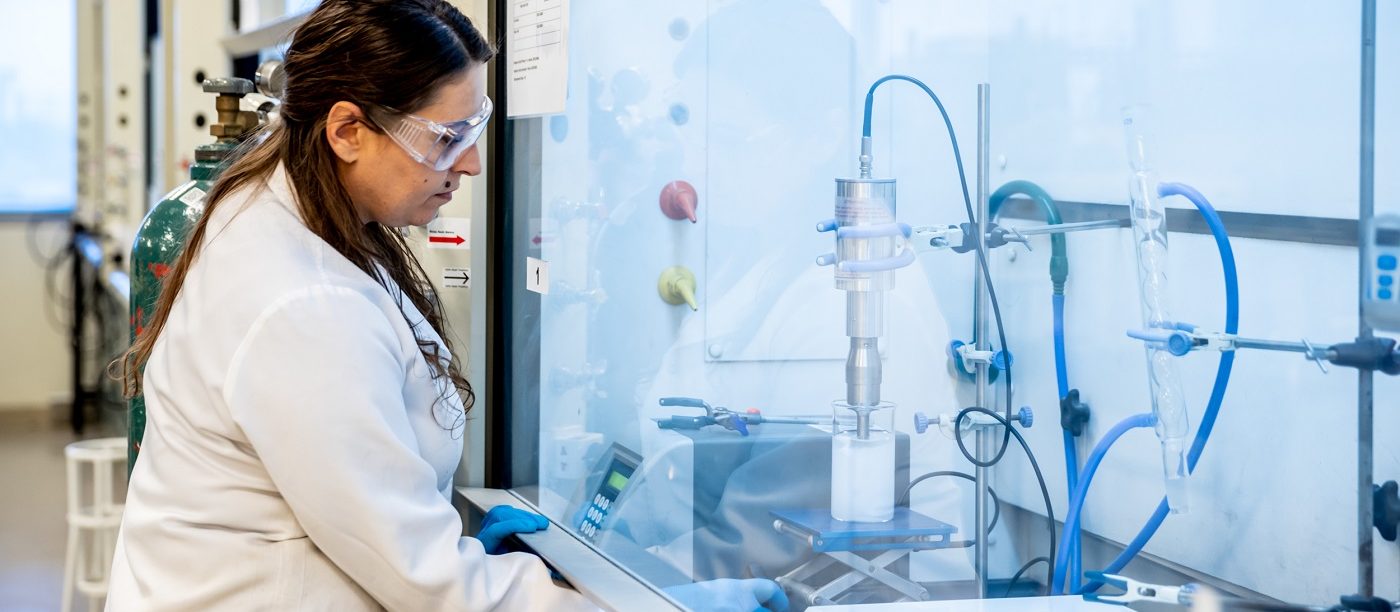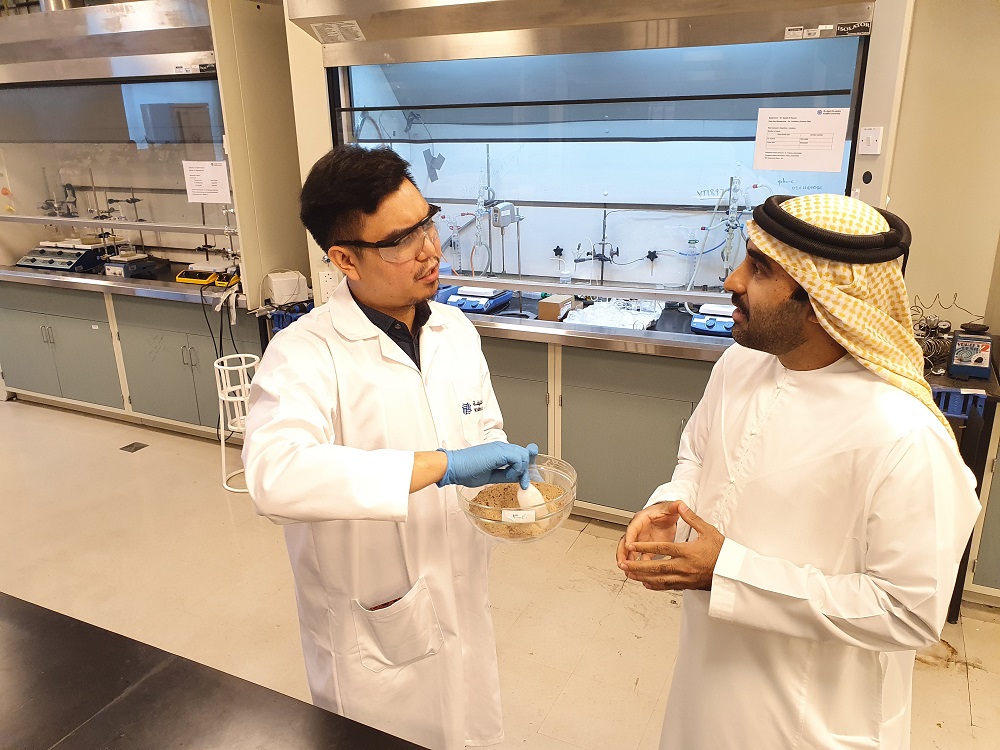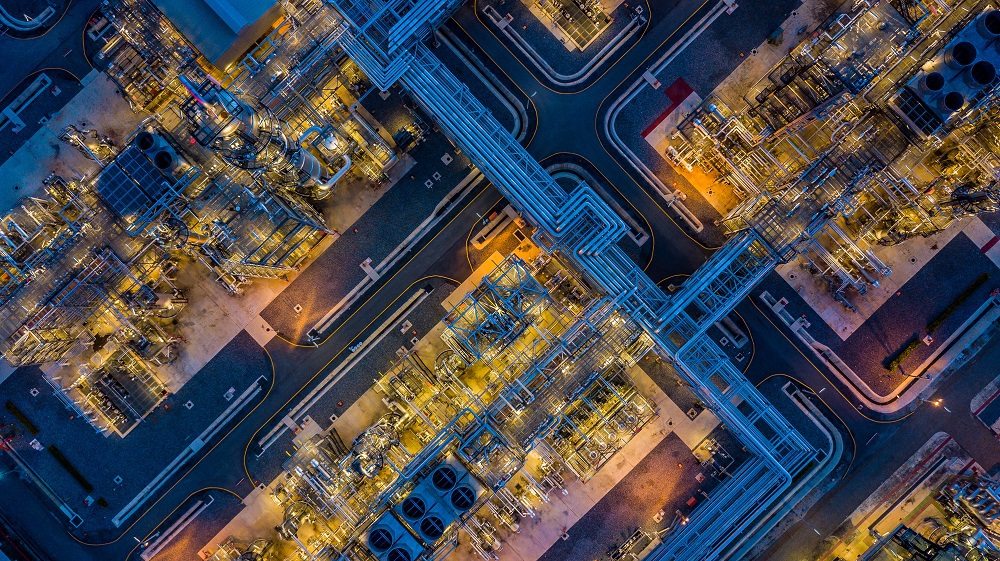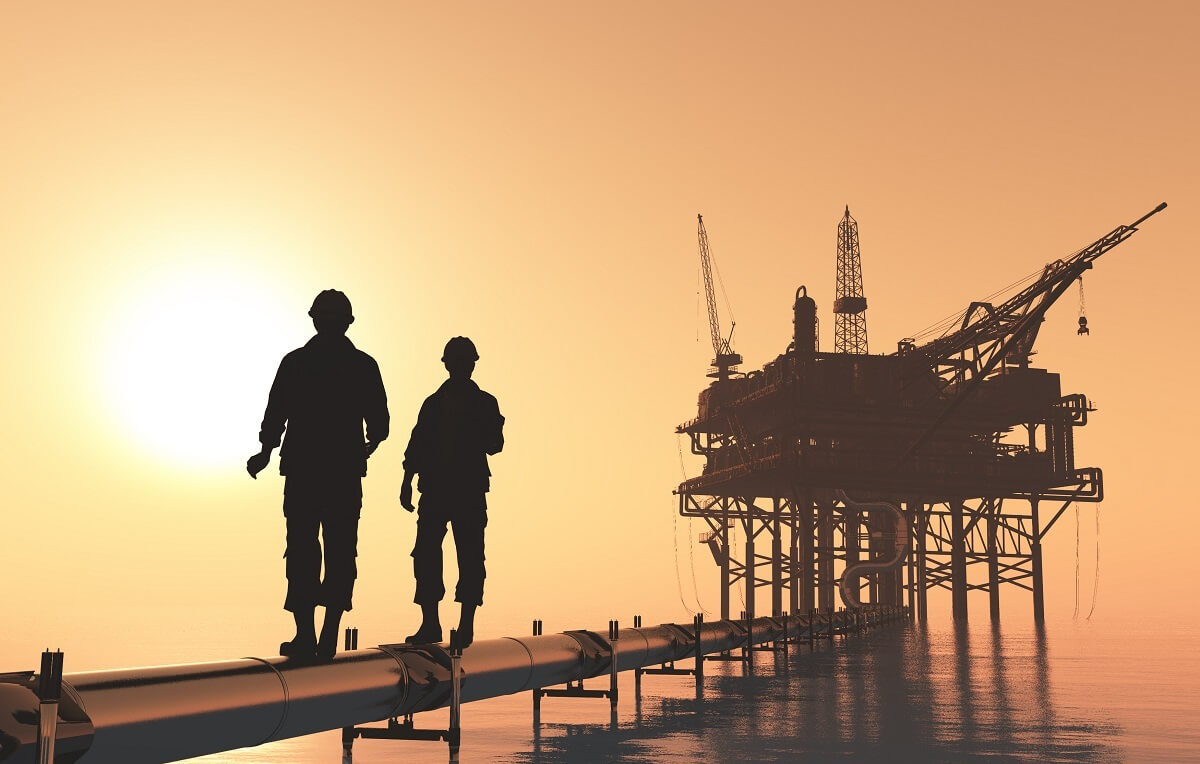
Beyond just providing cover, PV panels can be part of a hybrid electrical generating system, with storage batteries and diesel generators. The PV panels reduce the need to operate the generators and reduce carbon dioxide emissions.
Heat stress is a common phenomenon in the UAE. During the harsh summer months, residents across the country suffer from the heat, but for outdoors workers, like those on oil rigs, summer can be a potentially dangerous time of year. To keep workers safe, a team of researchers from Khalifa University have investigated using a system of photovoltaic (PV) panels to provide shade for the workers, significantly reducing the temperatures in which the employees are working.
Dr. Clarence Rodrigues and Dr. Rodney Simmons, both Associate Professors of Industrial and Systems Engineering supported Abdul Hasib Siddique, graduate student from the M. Eng. in Health, Safety and Environmental Engineering (HSE) program, with his efforts conducted for the 1-credit research course requirement for the program.
“Excessive heat in an oil or natural gas drilling environment can have negative effects on workers, production levels and work efficiency,” explained Siddique. “The summer temperature in the UAE can reach as high as 51⁰ C, which is extremely high for continuous outside work, especially considering that a 12-hour work shift is normal on the rigs.”
Heat stress is a common, yet often ignored hazard in the workplace. Research shows that working in hot environments is linked with lower mental alertness and physical performance, and subsequently, more injuries. When elevated body temperature and physical discomfort are added to the mix, it’s understandable that workers may divert their attention from hazardous tasks and overlook common safety procedures.
“In occupational settings, heat stress is the thermal load to which a worker is exposed, and heat strain is the body’s physiological response to that stress,” explained Siddique. “The body has coping mechanisms that allow it to function in very hot environments, but in extreme conditions, these coping mechanisms can be overwhelmed. As the UAE has long hot summers, heat stress becomes an issue for every worker who is outside in the sun.”
“With the establishment of the new ADNOC campaign ‘100% HSE’, a stricter personal protective equipment (PPE) policy has been implemented,” explained Siddique. “Workers wear more protective gear, like helmets, masks, safety shoes, gloves and other job-specific PPE, and wear them more consistently than they once did. As a result, high workplace temperatures make the same task more stressful and exhausting.”
Siddique’s work proposes area cooling on drilling rigs by providing photovoltaic shades as a roof cover. His system covers the entire mud tank area with PV panels to reduce radiant load and provide shade, reducing direct radiation. Each panel is movable to prevent delaying operation during rig moves and has a minimum headroom of 10 feet to accommodate free movement beneath them.
“Out in the open sky, a person feels hotter because the sun’s rays landing on the skin adds energy to the body in the form of heat,” explained Siddique. “As the radiant heat load on the body is reduced or eliminated under the shade, it will always feel cooler in that shaded area. The body usually loses or gains 60 percent of heat exchange from radiant heat gain or loss, so it’s evident it will be much better for workers if a PV array is implemented as shade in the tank area.”
Shade generated from roofs covered by PV panels significantly reduces surface temperatures below the covered areas in both moderate and high temperature conditions and although a cooling effect may be relatively small, it can improve the thermal comfort of the affected humans significantly.
The Thermal Work Limit (TWL) is an indication of how long a person can do work in a certain environment—it predicts the maximum work that can be carried out without a worker’s body temperature exceeding 38.2⁰ C or a safe sweat rate. The TWL is assessed by measuring temperature, wind speed, radiation, and relative humidity, as human performance is directly impacted by these factors.
“Companies have been trying to come up with engineering and administrative controls to reduce the effect of summer heat in this region,” said Siddique. “We proposed photovoltaic array shades to improve conditions for the workers and help reduce thermal stress.
“Due to global warming, average ambient temperatures in the summer are now generally higher than experienced in the past,” said Siddique. “Although the differences are of only a few degrees, these small differences can make a big change in the work environment.”
Beyond just providing cover, PV panels can be part of a hybrid electrical generating system, with storage batteries and diesel generators. The PV panels reduce the need to operate the generators and reduce carbon dioxide emissions.
The UAE receives an average 9.7 hours of sunshine each day, with one of the highest solar exposure rates in the world, giving the country tremendous potential for renewable energy supply.
“According to the World Wildlife Fund (WWF) Living Planet Report 2010, the UAE is one of the leading countries contributing towards the per capita carbon footprint,” said Siddique. “A photovoltaic system will help reduce the country’s greenhouse gas emissions and we calculated a total reduction of about 135 kilotons per year. Installing solar panels will decrease the heat stress experienced by workers while also producing energy and contributing to a decrease in greenhouse gas emissions.”
Jade Sterling
News and Features Writer
19 November 2019


